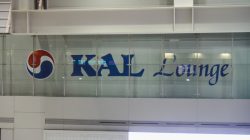(Note: I’m easing back into this trip report after some important events occupied my attention at school.)
My wife and I flew into Seoul on Asiana, traveling in business class on their A380. After arriving from Los Angeles, we still had to spend roughly four hours at Seoul’s Incheon airport. It’s fine, I guess, but has never really inspired excitement in all the times I’ve passed through.
I agree with One Mile at a Time that there’s no particular reason to think Incheon deserves to be ranked among the top ten airports in Asia. Asiana’s business class lounge has adequate seating, but the food is unappetizing and the carpets are frayed. The entire terminal is too warm, and somehow I only discovered for the first time that the food courts are located upstairs. On the ground level, it’s not that different from most other large airports.
That said, I’ve certainly spent time at worse places.
OZ 361
- Departing Seoul at 9:05 AM
- Arriving at Shanghai at 10:05 AM
I wasn’t originally planning to review our flight to Shanghai since regional business class is rarely inspiring. Large aircraft such as the Boeing 777-300ER and 747-400 have been common in the past even on flights of just four hours. The only major change is that I don’t bother to try sleeping, and the meal service is cut down a notch with fewer selections.
Even so, I was briefly surprised when we boarded our flight and found ourselves on an Airbus A350. This was my first A350 flight after passing on another opportunity with Cathay Pacific in Hong Kong last spring, and so I finally had a chance to compare it to the Boeing 787, which was been around for several years longer. (For those interested, Cathay Pacific will soon begin operating the A350 between Hong Kong and San Francisco.)
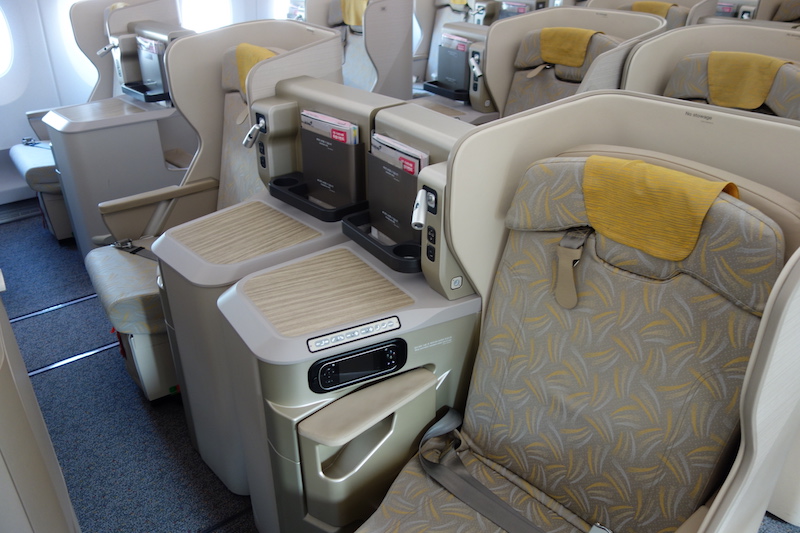
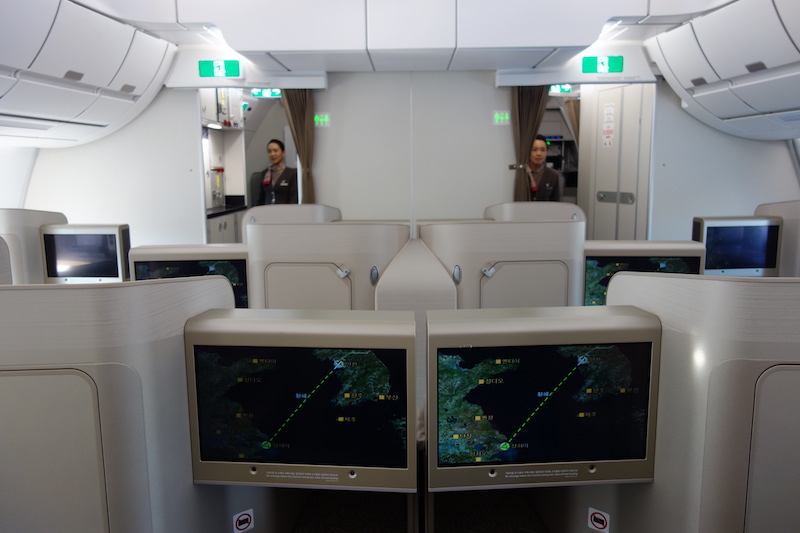
Both aircraft use new composite technology to lower the aircraft weight and increase cabin pressure and humidity relative to what’s possible with an aluminum airframe. As a mid-sized, mid-range aircraft, the A350 and B787 can also be used for long, thin routes that don’t necessarily have the demand to merit a larger plane like the Boeing 777.
I think what was most interesting was the amount of space in the cabin. It almost felt a little empty given the absence of overhead bins in the middle. Otherwise, it was configured with the lie-flat seats I would expect for a long haul flight. In fact, these were the same seats I had just experienced on our flight from Los Angeles.
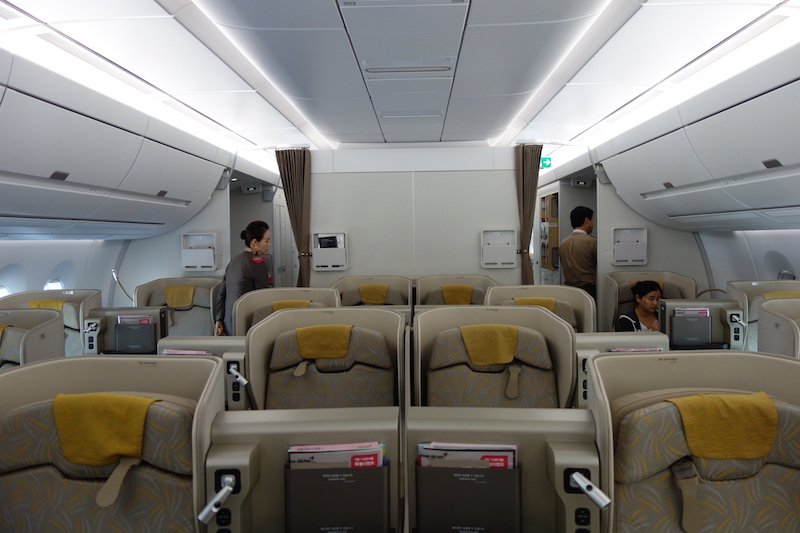
One notable improvement over the Boeing 787 is that the A350 uses regular window shades instead of electrochromic tinted windows. The windows on a 787 never get dark enough in my opinion. Window shades work great. But beyond that, I can’t comment on its ability to significantly improve the passenger experience. We were traveling for just a few hours. That was time enough for meal service and to rush through a movie. There was only one other person in the cabin, so I was able to move to a window seat for landing to watch Shanghai appear over the horizon.
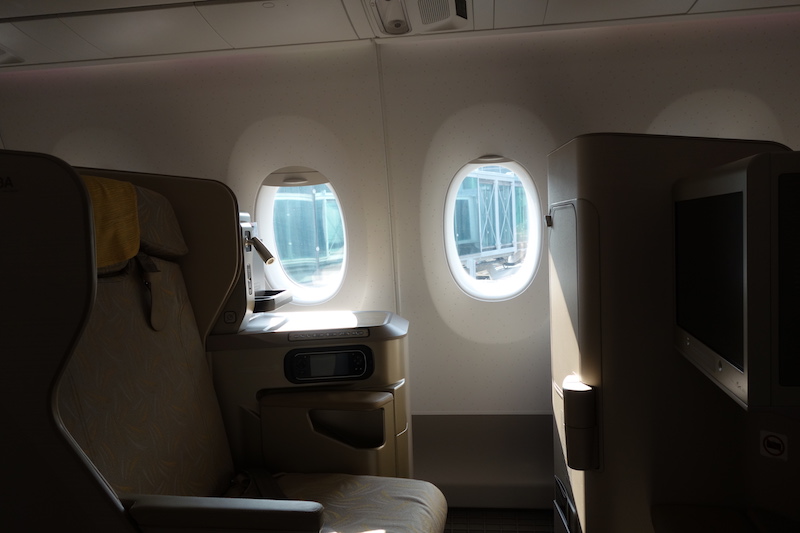
My wife and I arrived at Shanghai Pudong International Airport alert and well-fed, thanks to the sleep we got on our earlier flight from Los Angeles. I don’t think I’ve ever been more alert upon arrival at our final destination in Asia. And it was a good thing, too, since we ended up spending most of an hour trying to get our visa waivers processed at immigration.
For those who aren’t familiar, China’s visa waiver policy grants travelers from certain countries permission to enter the country and spend 72 or 144 hours in select cities when transiting from one country to another — at no charge. In practice, this means you could use the visa waiver even when China is just another stop in a longer itinerary, as in our case when traveling from Seoul to Shanghai to Tokyo.
I’ve even used the visa waiver policy to get from Hong Kong to Shanghai to Macau, which are all technically part of China. But the process was so cumbersome, with a single desk processing all requests, that I think I’ll just get us regular 10-year multiple entry visas to spare us the hassle in the future.

